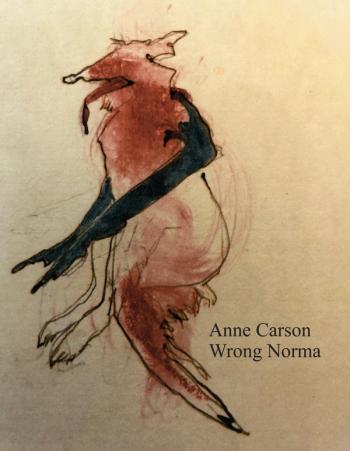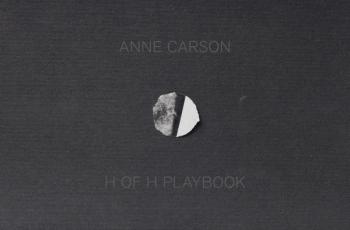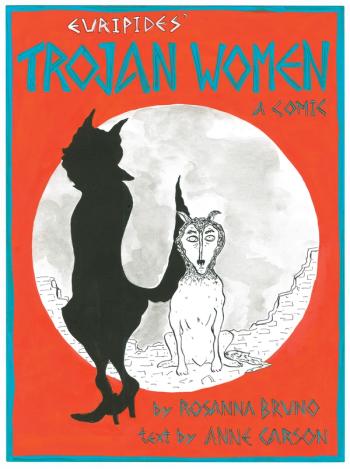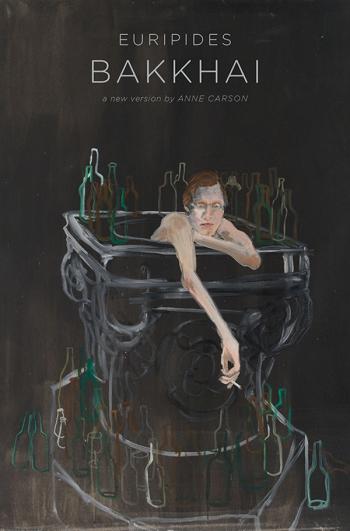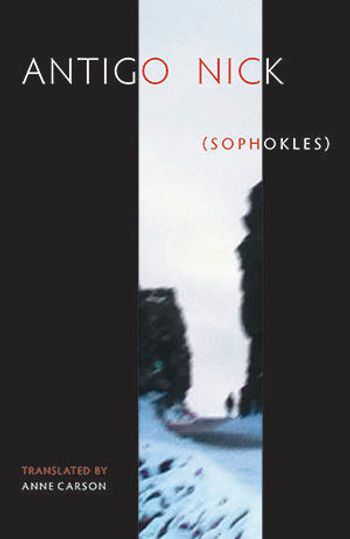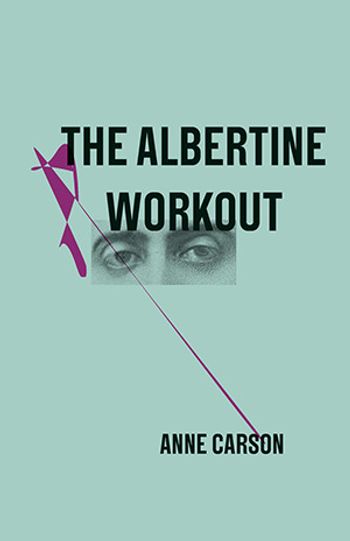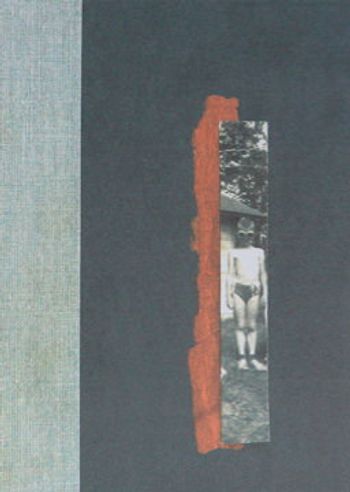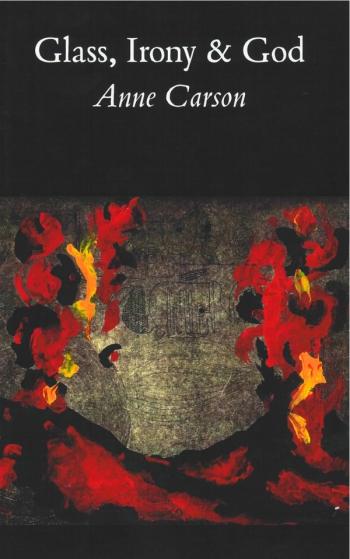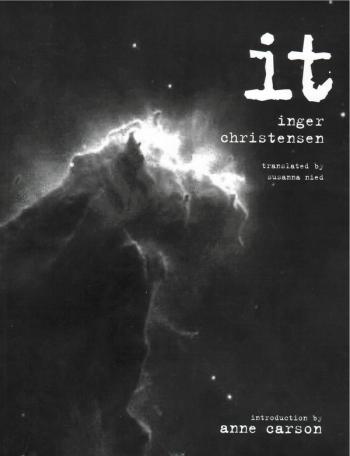Translated by Susanna Nied
With a contribution by Anne Carson
It is the masterwork by Danish poet Inger Christensen (“a true singer of the syllables,” said C. D. Wright), often cited as a Nobel contender and one of Europe’s most revered poets. On its publication in 1969, it took Denmark by storm, winning critical praise and becoming a huge popular favorite. Translated into many languages, it won international acclaim and is now a classic of modern Scandinavian poetry. it is both a collection of poems and a single poetic epic, forming a philosophical statement on the nature of language, perception, and reality. The subject matter, though, is down to earth: amoebas, stones, and factories; fear, sea urchins, and mental institutions; sand, sexuality, and song. The words and images of it recur in ways reminiscent of Christensen’s other works, but here is a younger poetry, wilder, and crackling with energy. The marvelous and complex use of mathematical structure in it is faithfully captured in Susanna Nied’s English translation, which won a 2005 PEN Translation Fund Award.

